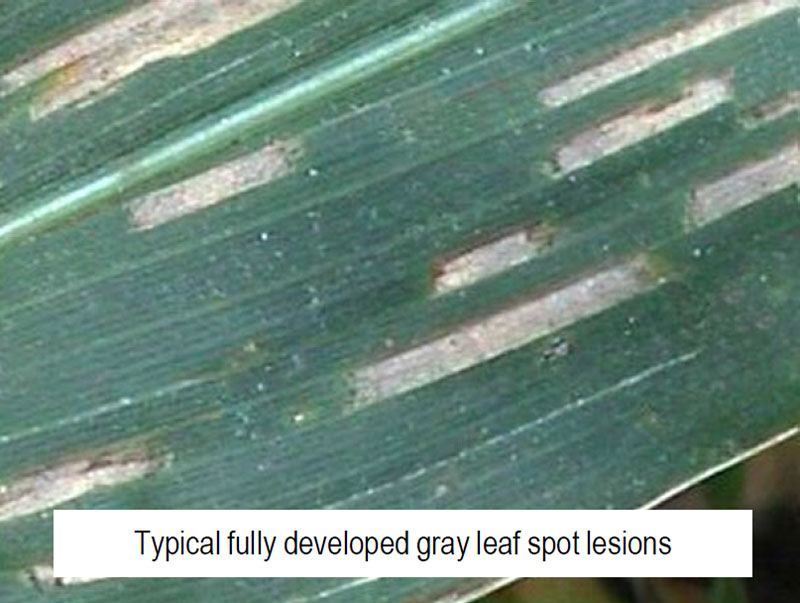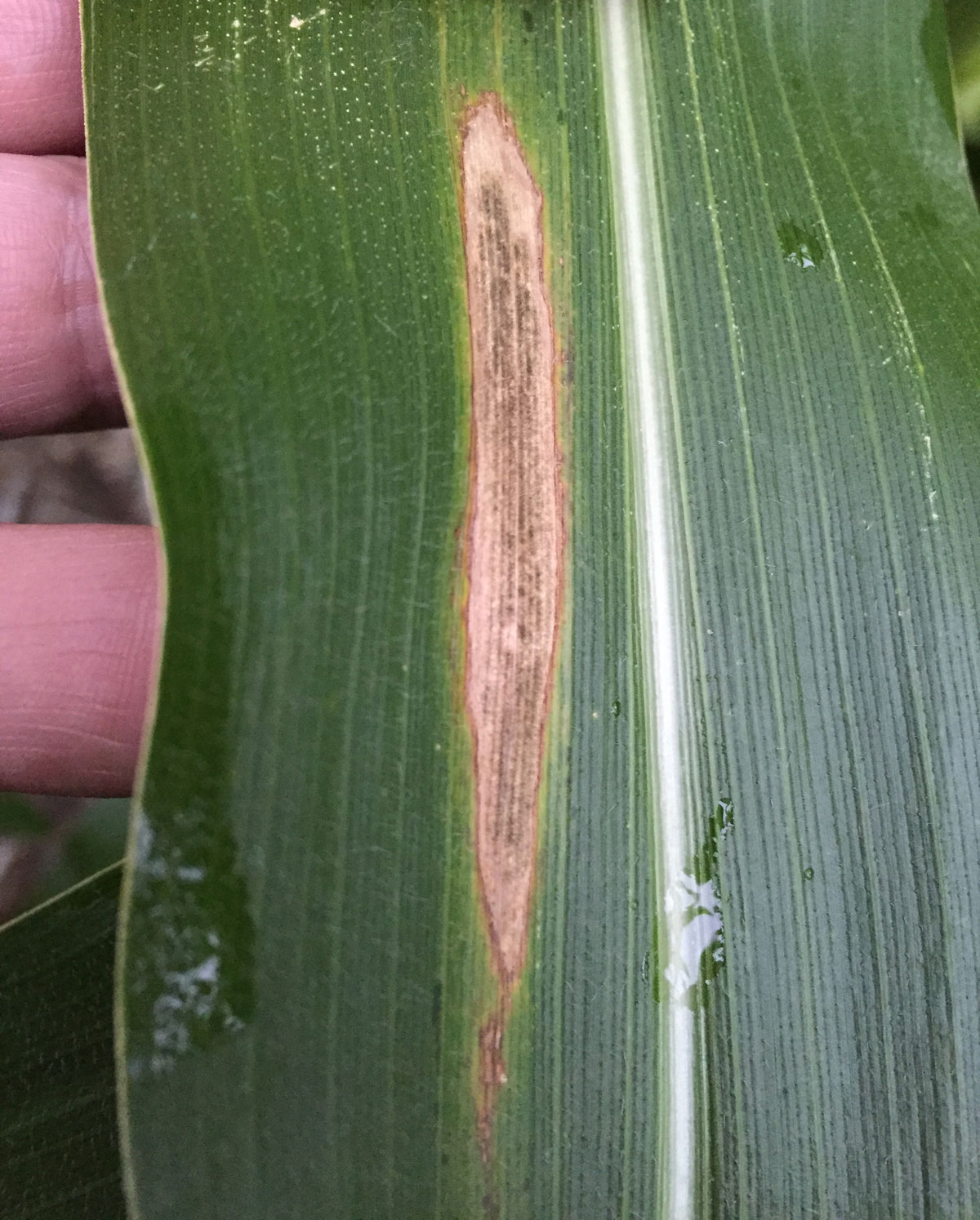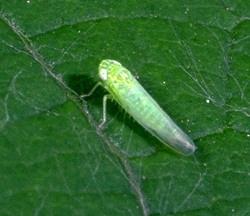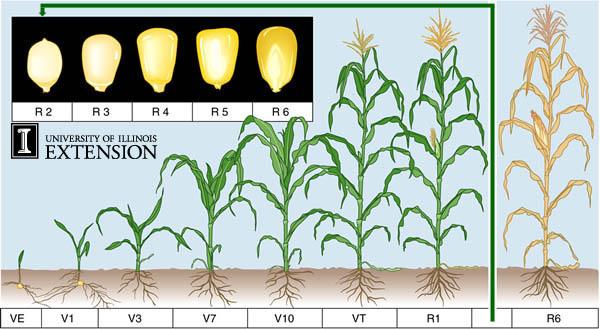After visiting Empire Farm Days for the first time this Tuesday, I was reminded of the incredible variation in agriculture in the great state of New York. From beekeeping, to dairy farming, to apple production, New York has a lot to offer in the agricultural sector. I was able to observe all this at the farm days this past Tuesday, where I had the fantastic opportunity to speak with growers, producers, and other professionals in the industry. I was able to converse with representatives from the company GVM, who produce spray trucks, about interesting advancements that the company plans to include in their trucks and software as the future nears.
Beyond Empire Farm Days, I had the opportunity to scout more diverse crops than I had been scouting in the east for most of the summer. CaroVail crop consultant Mark Avery and I began our day scouting a 35 acre pumpkin patch at a farm near Auburn. This particular patch of pumpkins had been effected negatively by powdery mildew, and had to be treated sooner rather than later. The conclusion we came to was to spray the pumpkins with the fungicide Kocide 3000. I was introduced to the option of pesticide application from airplanes, which is a foreign idea in the Appalachian foothills of eastern NY.

Pumpkin Leaf with Powdery Mildew
From the pumpkin patch, Mark and I went to a nearby sweet corn field. Though this sweet corn looked immaculate and was being harvested while we were in the field, Mark still taught about sweet corn and we each borrowed an ear just to be sure it tasted ok. It was interesting to learn that sweet corn only requires about 2/3 the nitrogen that field corn does, and that certain pesticides like Dicamba can actually make sweet corn plants go sterile.
The last stop on my Auburn scouting trip was to a local corn-soybean grower. I was able to observe how some soybean varieties tolerate moisture different than others. It was demonstrated well in a field where two different varieties were planted, and in the wet spots the more tolerant variety maintained a lush green color while the less tolerant beans were more of an unhealthy yellow. The devastation in the next fields came from an insect you may see regularly, the Japanese beetle. In the next batch of fields we found a lot of feeding, to the point where we recommended treatment. I learned that if these beetles multiply and lay their eggs in the field, the white grubs that hatch could cause serious issues in the following years crop.
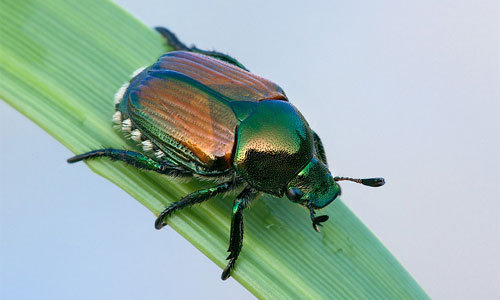
Japanese Beetle

